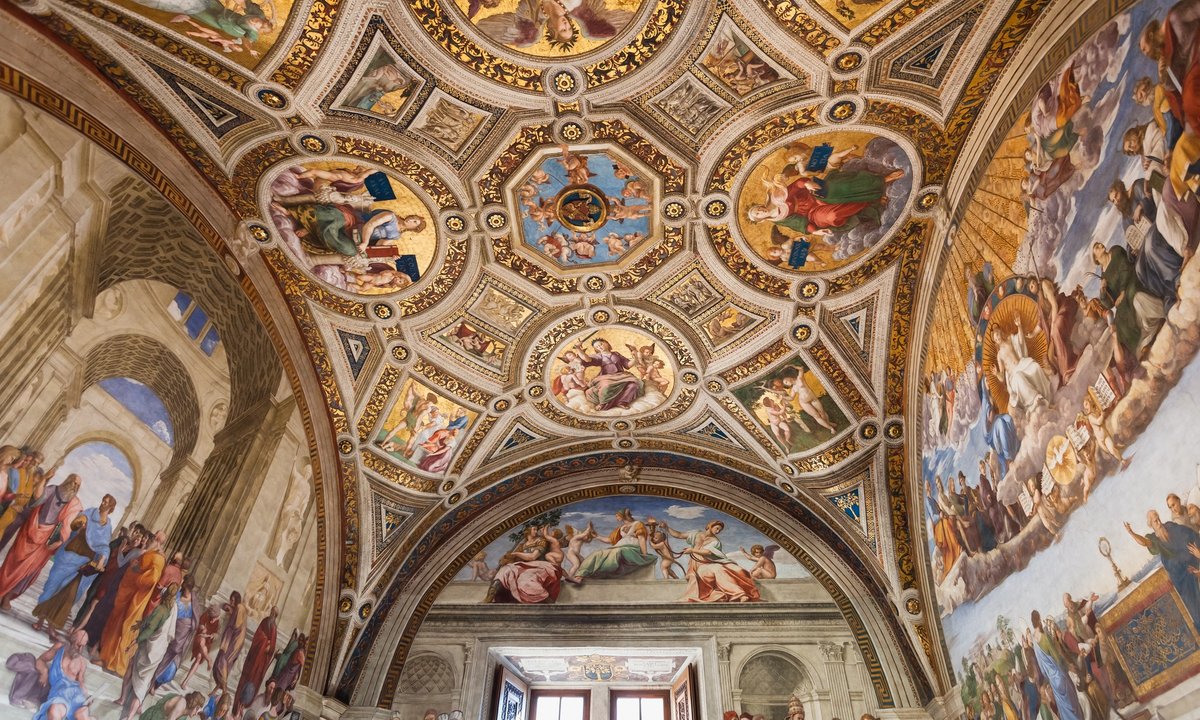
"The restoration confirmed previous reports that Raphael wished to paint imagery directly onto the walls of the four rooms. Two female figures, uncovered during a previous restoration and attributed to Raphael, were found to be painted in this way-supporting the fact they are indeed by the master."
"Technicians found a grid of nails embedded in the hall walls, which are believed to have been used to hold place the natural resin surface Raphael intended to paint on."
"The frescoes are dedicated to the life of Constantine and symbolically represent the victory of the Church over paganism."
"The entire project was also documented through a 3D model created with laser scanning-now considered a benchmark for the integrated study of historical restoration."
The restoration of the Hall of Constantine at the Vatican revealed innovative mural techniques used by Raphael. During the ten-year project, murals painted directly on walls were uncovered, confirming Raphael's intention for the Raphael Rooms. Additionally, a grid of nails was discovered, believed to support a natural resin surface. The frescoes in the hall depict the life of Emperor Constantine and symbolize the Church's victory over paganism. The restoration was thoroughly documented using advanced techniques like infrared imaging and laser scanning.
Read at The Art Newspaper - International art news and events
Unable to calculate read time
Collection
[
|
...
]